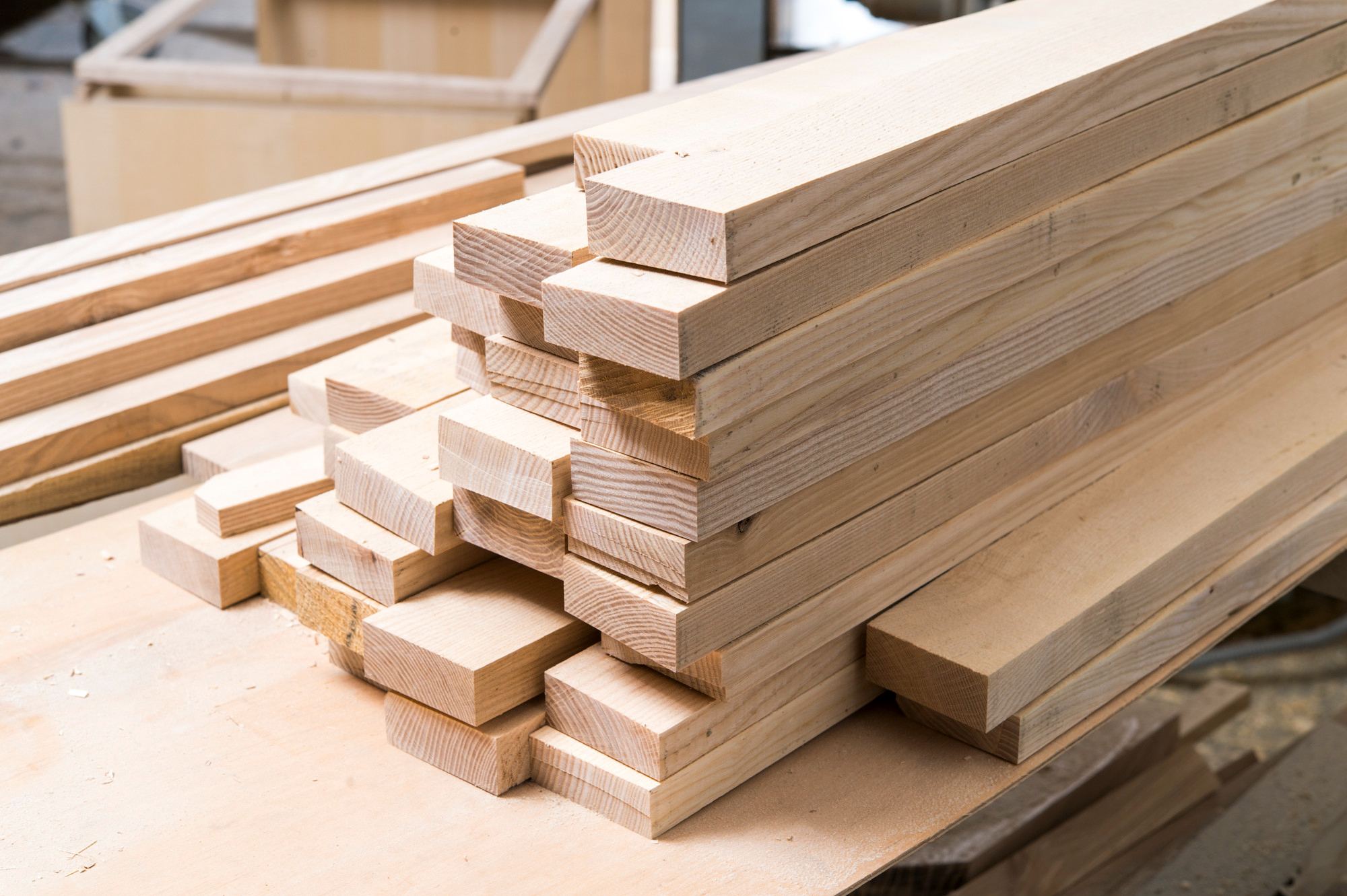Planed timber holds a prominent place in the world of construction and woodworking. It offers many advantages that professionals and DIY enthusiasts alike favour. In this blog, we will break down all these. Read on, and discover why it is the refined choice for your next woodworking endeavour.
Enhanced Aesthetics and Smooth Finish
Wood planed stands out with its refined appearance when compared to rough-sawn timber. The planing process involves carefully shaving off the rough outer layer of the wood. This results in a smooth and polished surface, which can be used for a whole variety of timber products.
This transformation brings forth the innate beauty of the timber. It highlights its unique grain patterns, colour variations, and natural characteristics. The smoothness achieved through planing also provides a pleasing tactile experience.
Its refined appearance imparts a sense of warmth and craftsmanship. This also makes wood planed ideal for projects where aesthetics take centre stage, such as exterior cladding or decking boards.
Improved Dimensional Accuracy
Planing helps ensure the uniform thickness, width, and length of timber. Thus, making it highly advantageous for woodworking and timber construction projects. Take subjecting the rough-sawn timber to the planing process, for instance. Inconsistencies and irregularities are eliminated, resulting in timber with consistent dimensions.
In construction, precise measurements are essential for structural integrity and stability. Planed timber with uniform thickness ensures even load distribution. Plus, it prevents potential weaknesses in the structure. Similarly, in woodworking projects, consistent dimensions enable precise joinery. This allows for seamless connections between different pieces. Such accuracy greatly enhances the overall quality and longevity of the finished product.
Moreover, the uniform dimensions of wood planed significantly reduce waste. The precise sizing means there is minimal need for excessive cutting. This results in fewer offcuts and material scraps. Not only does this saves costs, but it also promotes sustainable practices.
Finally, the accuracy of planed timber ensures a better fit in various applications. With planed timber’s consistent dimensions, pieces fit together seamlessly. Plus, it minimises gaps and creates a professional finish. This reduces the need for additional adjustments or modifications, saving time and effort.
Ease of Handling and Reduced Splintering
Planed timber’s splinter-free surface makes it easier to handle than rough-sawn timber. The planing process removes rough edges and eliminates splinters. It provides a user-friendly experience during both handling and installation.
The absence of splinters in planed timber significantly reduces the risk of injuries. When working with rough-sawn timber, splinters can cause painful punctures or cuts. They can also pose a hazard to both professionals and DIY enthusiasts. Wood that is planed, in contrast, ensures a safe and comfortable handling experience. It minimises the likelihood of accidents.
Not only does wood planed enhance safety, but it also improves usability. The smooth surface allows for easy gripping and manoeuvring. It makes it more manageable to transport and position during construction projects. This ease of handling translates into increased efficiency and productivity.
Furthermore, the absence of splinters enhances planed timber’s overall safety and usability. It provides a comfortable and secure surface when used in applications like decking. There is no risk of splinters causing discomfort or irritation to users.
Time and Cost Efficiency
Wood planed eliminates the need for additional sanding or finishing processes. The planing process leaves the timber with a smooth and refined surface. It reduces the need for labour-intensive sanding or finishing steps. Not only does it saves valuable time, but it also simplifies the workflow.
Moreover, planed timber’s consistent dimensions contribute to waste reduction. The need for excessive cutting is lessened with uniform thickness, width, and length. This reduction in waste not only promotes sustainability but also reduces project costs.
Improved Durability and Stability
Planed timber undergoes a controlled drying process. This contributes to its enhanced stability, reducing the risk of warping or splitting. It also allows the timber to reach an optimal moisture content. In turn, it minimises the potential for dimensional changes caused by moisture fluctuations. As a result, wood planed maintains its shape and integrity over time.
The planing process removes surface defects from the timber. This makes it less susceptible to decay or insect damage. Planed timber becomes more resistant to moisture by eliminating imperfections such as knots.
The increased durability of wood planed translates into longer-lasting structures and reduced maintenance. It can withstand environmental factors and the test of time. This durability reduces the need for frequent repairs, saving time and money in the long run.
Environmental Sustainability
Wood planed boasts several eco-friendly aspects that make it a sustainable choice. First, it derives from renewable sources from responsibly managed forests. Trees are harvested and replanted, ensuring a continuous supply for future generations. Additionally, planed timber is recyclable, meaning it can be repurposed in other projects.
The controlled drying process involved in planing timber also has ecological benefits. Reducing the moisture content minimises the risk of mould or fungal growth. This promotes healthier indoor environments and avoids potential health hazards.
Furthermore, the use of planed wood contributes to sustainable forest management practices. Responsible harvesting and replanting help:
- maintain the balance of ecosystems
- preserve biodiversity
- protect natural habitats
By choosing planed timber, individuals and industries support sustainable forestry. It’s a step towards a greener future that prioritises environmental stewardship.
Round-up
Wood planed offers a range of compelling advantages for construction and woodworking projects. Its refined appearance, enhanced dimensional accuracy, and ease of handling make it an excellent choice. It also saves time, reduces waste, and promotes cost efficiency. Best of all, it contributes to sustainable forest management, which we at TimberX can’t get enough of.
Choose planed timber for your next project and experience the difference it can make! To help you get started, browse the quality products TimberX offers. Or discover more about the planing with our guide: What does Planed Wood mean?
